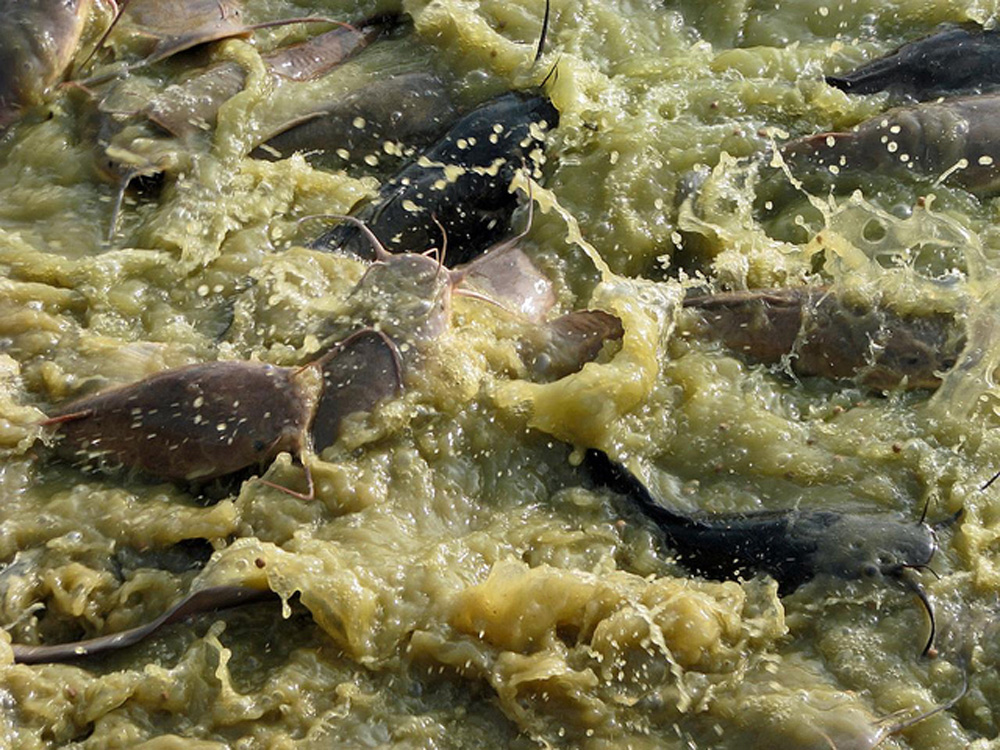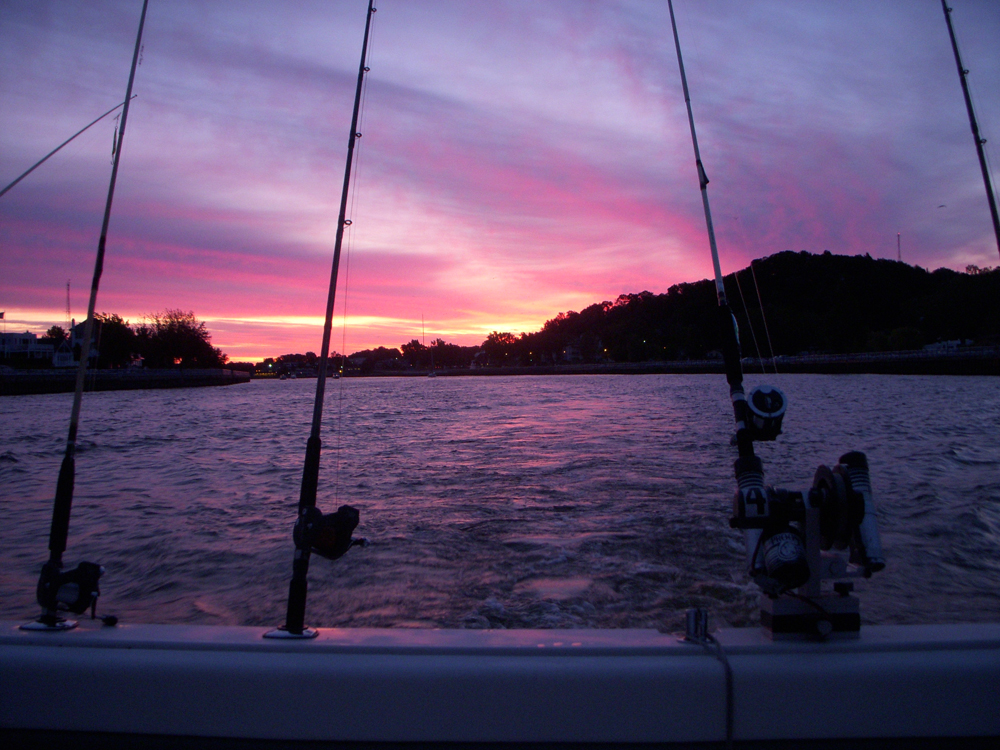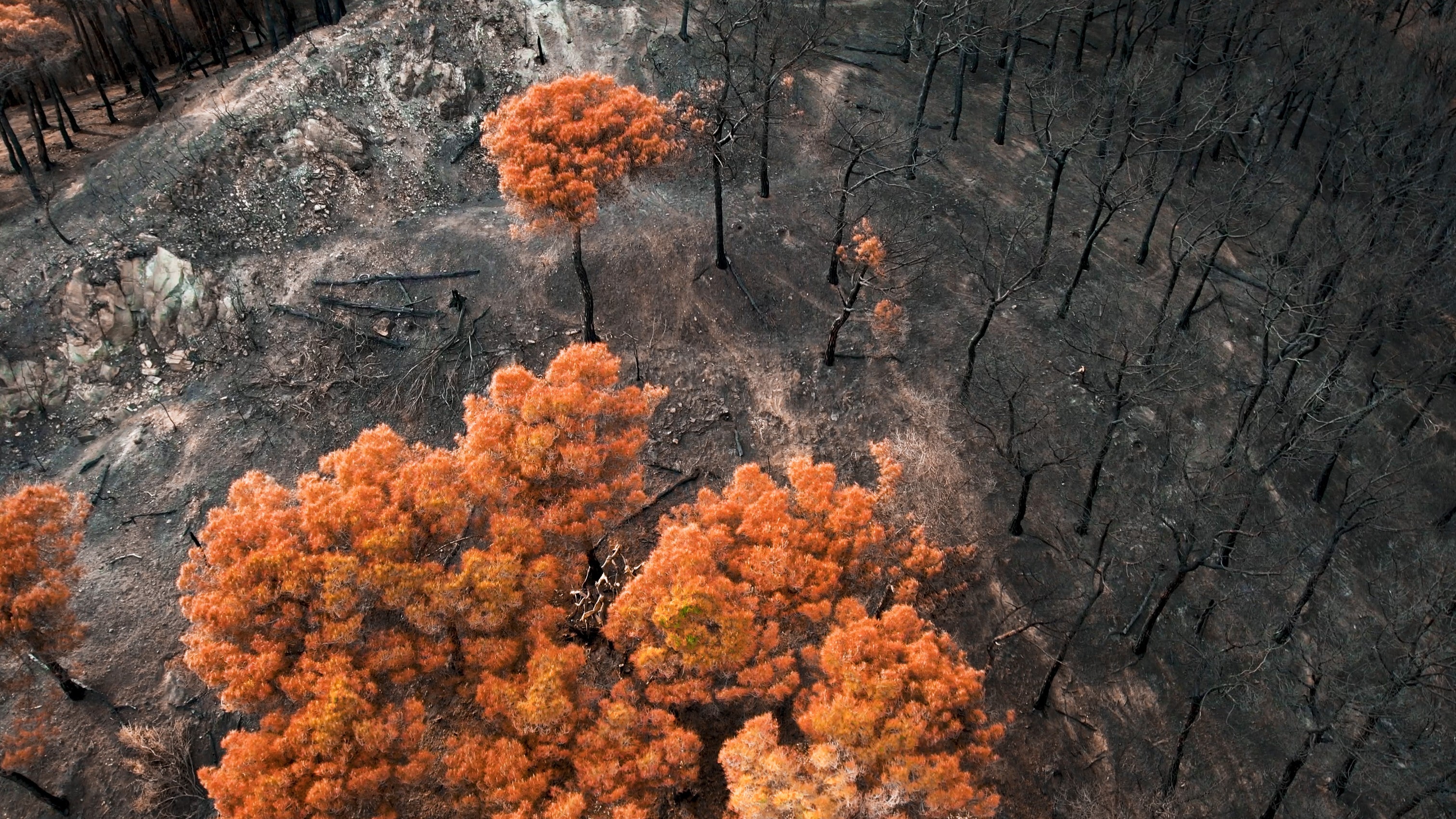
Freshwater Fish are Disappearing: Where is the Global Response? (Op-Ed)

Sue Nichols is the assistant director of the Center for Systems Integration and Sustainability at Michigan State University. Nichols contributed this article to Live Science's Expert Voices: Op-Ed & Insights.
Freshwater fish are global assets — like the waters they swim, they're practically everywhere. To millions of people in the developing world, they're a crucial source of food, often caught one line or net at a time. To the developed world, they are the backbone of lucrative recreation and sport industries.
Yet freshwater fish are shy on lobbyists. Because they're often the catch and sport of individuals or small groups, their number — and thus their true value — is largely uncounted, giving them a small voice.
And competition for fresh water is increasing all over the world — for hydropower, municipal use, industry, commercial development and agriculture. Rivers are being dammed and rerouted, lakes and wetlands are being drained, fish habitats are being altered, nutrients are being lost, and inland waters throughout the world are changing in ways, big and small, that affect fish. [Freshwater Fish are Floundering (Gallery)]
Michigan State University (MSU) is partnering with the Food and Agriculture Organization (FAO) of the United Nations in Rome this week for the Global Conference on Inland Fisheries, bringing together people from 45 countries to discuss ways to make fish a competitive part of global development, from the Great Lakes to the Amazon to Vietnam's Mekong Delta.
It's about fish familiar — the lake trout, walleye and tilapia we see on American menus and brag about on fishing trips — and the fish more exotic to Western ears, but which are the backbone of diets in Asia, South America and eastern Europe. The zander, a relative of walleye in western Eurasia; Mekong catfish; Nile perch; Sábalo in South America; kapenta in Zambia and rohu in Southeast Asia — these are a few among many that play crucial role in economics and lives worldwide. [Gallery: New Species of the Mekong ]
"Someone has to speak for the fish," said Bill Taylor, university distinguished professor in Global Fisheries Systems in MSU's Center for Systems Integration and Sustainability (CSIS). "It's time that when people across the world see fresh water, they see fish — not just power or irrigation, or commercial development — because if we don't save fish, we don't save humans."
Get the world’s most fascinating discoveries delivered straight to your inbox.
The FAO estimates more than 60 million people in low-income nations rely on inland fisheries for their livelihood. More than half are women directly providing for their families, or in production situations, most often processing and selling the catch.
"It's the first time such a global force has been unleashed, with scientists, policy makers, and the international development community gathered together to discuss the food security, economic and ecological issues associated with inland fisheries around the world," said MSU president Lou Anna K. Simon, who delivered the conference's opening address Monday. "Inland fisheries have long been a quiet but important component in food and economic security around the world. Yet the voices of those most dependent on these resources often are at risk of being drowned out by louder, more powerful interests."
One of the largest issues is the dearth of hard numbers on inland fisheries. Taylor's research group, which has established an international reputation studying those fisheries, recently found only 156 of more than 230 countries and territories reported inland fisheries data to the FAO in 2010. Moreover, the jurisdictions that did report data provided information that was inaccurate and grossly underestimated. When accurately assessed, the catch in freshwater fisheries could equal the catch from the oceans.
And concern is not just about the numbers. Taylor said many of the fish caught in fresh waters provide important protein, micronutrients and fatty acids that aren't easily replaced by other food sources, or even necessarily by other fish. For example, think about smelt often eaten in the United States — crunchy little fish enjoyed bones and all. For places where tiny fish are a big part of the diet, switching to big fishes eaten filleted wouldn't pack the same nutrient punch.
In an effort to better understand the true fish numbers, Andy Deines, a CSIS postdoctoral associate working in Taylor's lab has been studying new ways to assess global freshwater fish production. In a presentation at the conference, he'll describe his methods, which he calls "fishing from space": using satellite remote sensing, ecological theory and state-of-the-art statistical models to provide new estimates of global freshwater fish production.
Deines explains that ecologists believe there’s a strong connection between what they call "primary production" — energy converted to plant life through photosynthesis — and fish. Recent research has shown that in a wide variety of lakes and fisheries around the world, thriving microscopic plant life also means a lot of fish produced.
Primary production can be measured remotely using satellites. The researchers have compiled a large database of fisheries-harvest data from more than 250 lakes around the world to estimate the chlorophyll concentration in those lakes, plus predictions for another 70,000 around the world. [Marine Reserve Helps Fish and Fishermen ]
"We can use that data to make a predictive model of global fisheries production," Deines said. And according to others at the global fisheries conference, such research is critical. Arni Mathieson, assistant director-general of the FAO Fisheries and Aquaculture Department, said in remarks earlier today that inland fisheries are "extremely incomplete and significantly under estimated."
Taylor has worked for years to bring freshwater fish to the world stage: This week's conference is just the start of a long-term, long overdue, conversation.
Follow all of the Expert Voices issues and debates — and become part of the discussion — on Facebook, Twitter and Google+. The views expressed are those of the author and do not necessarily reflect the views of the publisher. This version of the article was originally published on Live Science.



